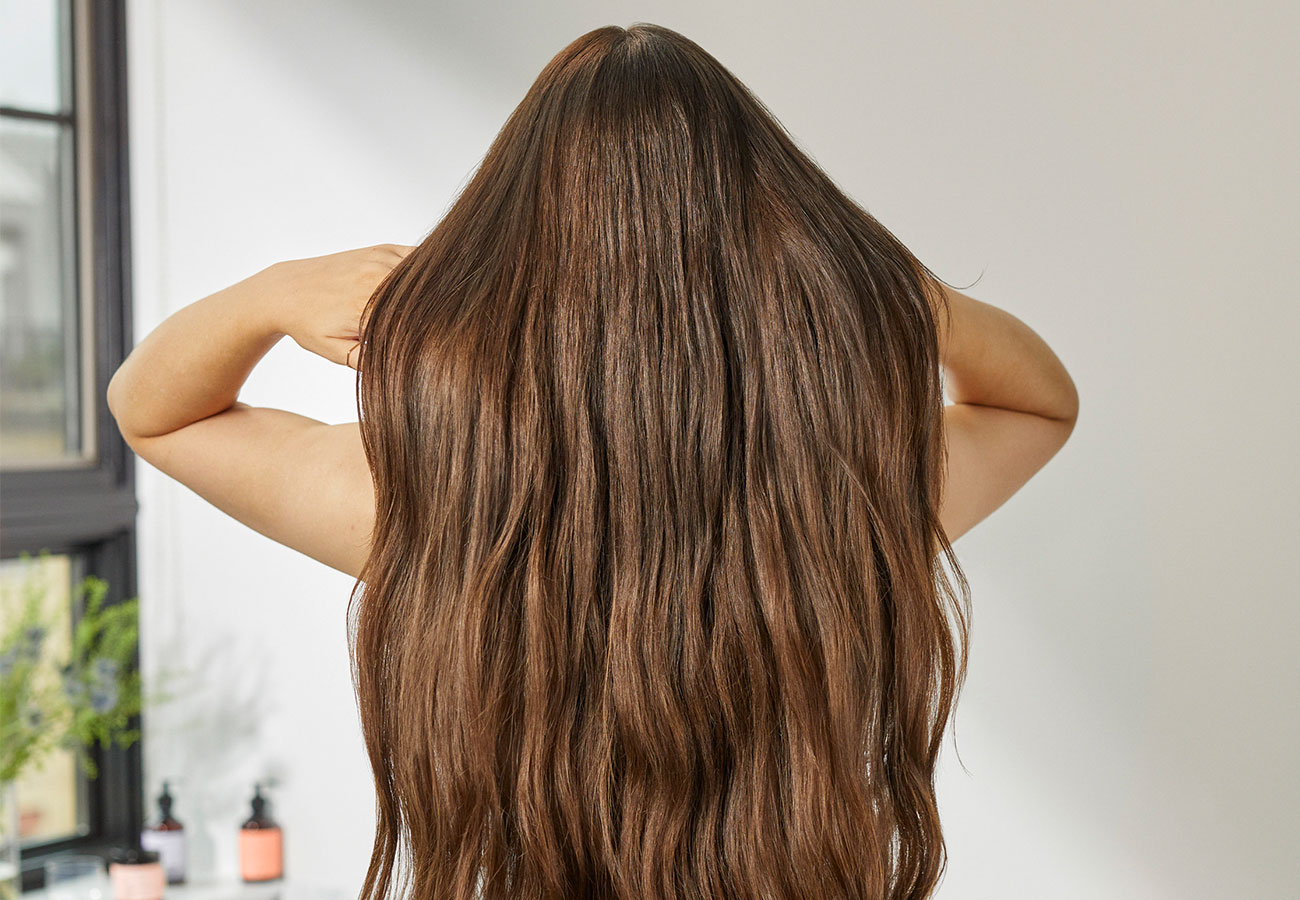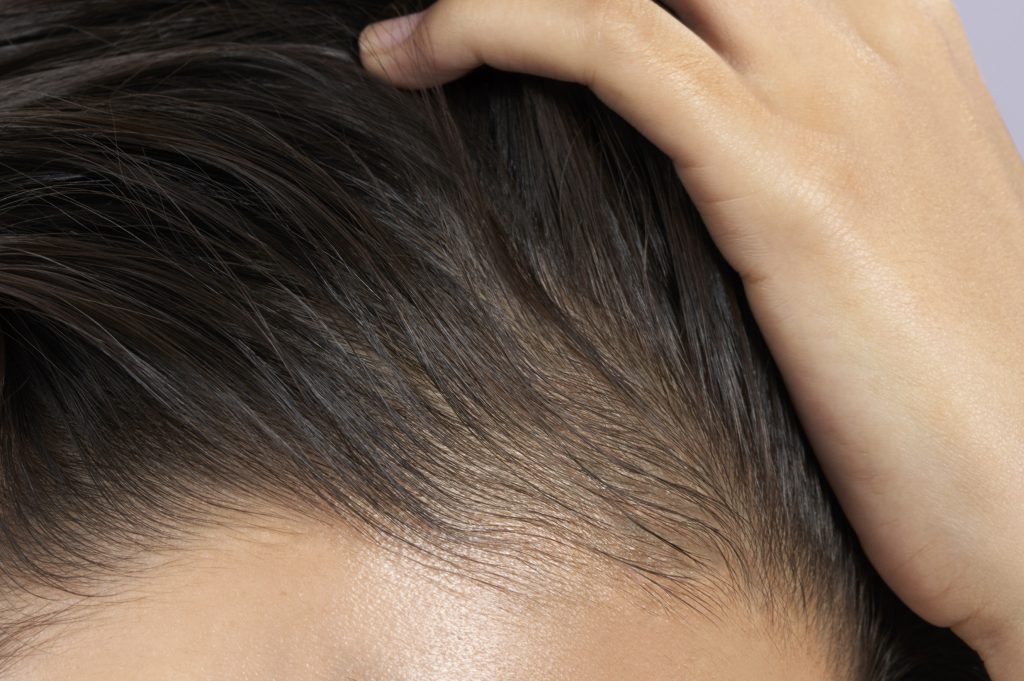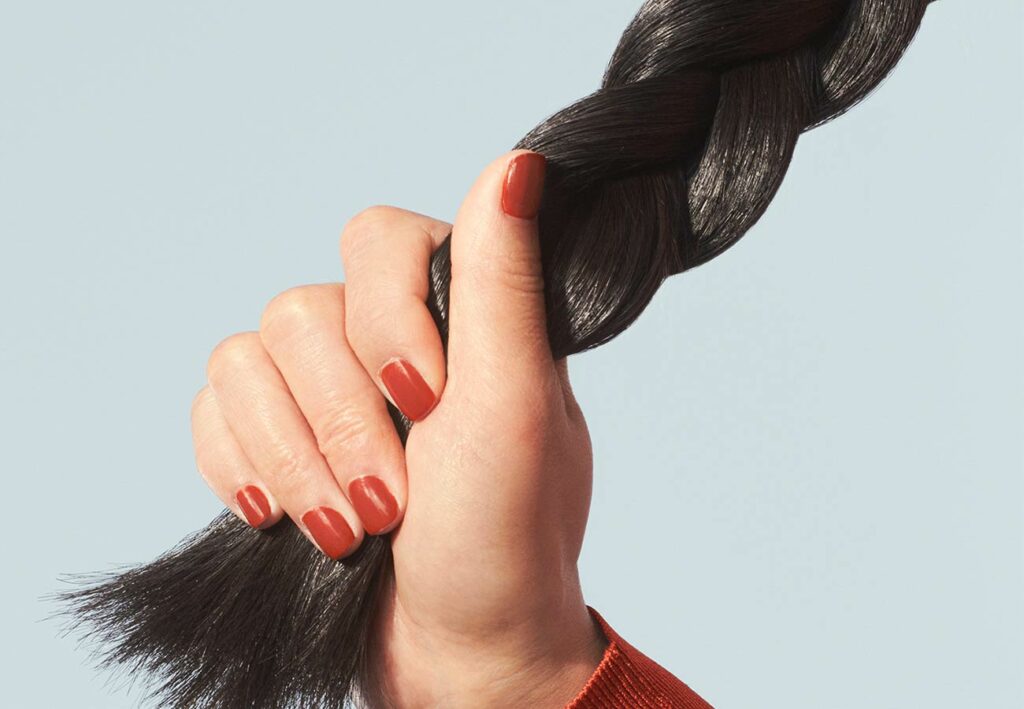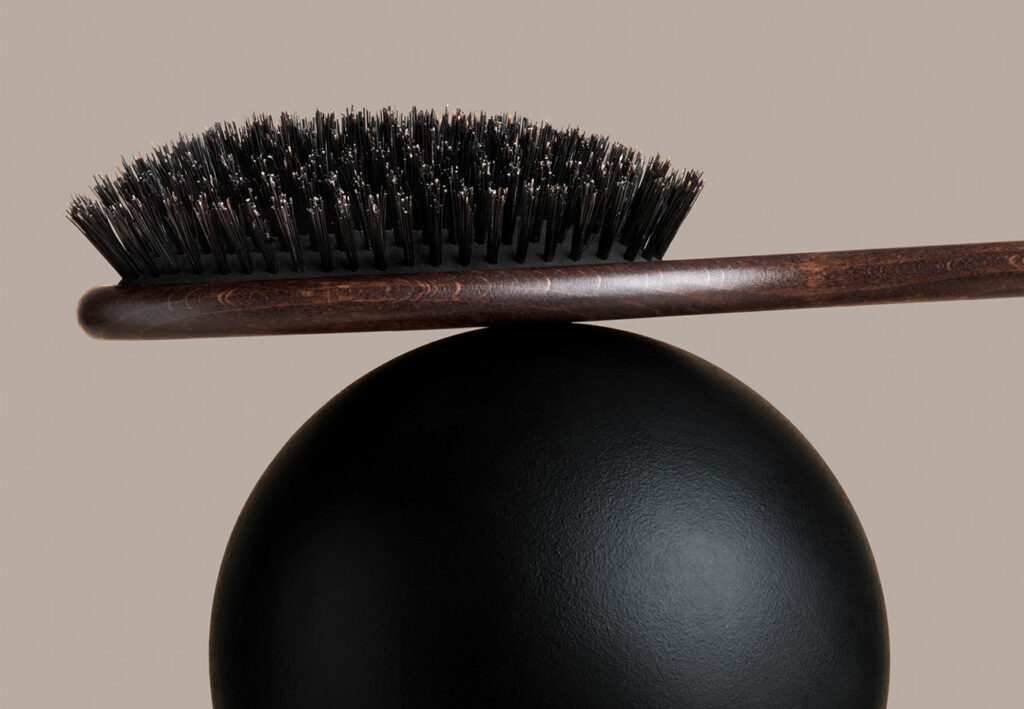What causes hair damage?
There are several causes of damaged hair. Here are some of the most common ways that hair can accrue damage:
- Living in dry, hot climates
- Washing hair too often
- Using hairdryers and heat-stylers excessively
- Swimming in chlorinated water
- Dyeing hair too often
- Bleaching hair
- Using sulfate-containing shampoo
- Not using conditioning products
- Having a vitamin deficiency
Each of these on its own is unlikely to result in excessive dryness or damage. However, many of us are guilty of more than one. Fortunately, there are plenty of easy and effective ways to treat damaged hair.
General tips for reducing hair damage
Now that you’re familiar with the common causes of hair damage, it’s time to learn how to counteract it. With these easy and relatively cost-effective tips, you can start solving the problem of damaged hair.
How to repair damaged hair
Stop using rugged bath towels
Regular bath towels can be too rough, which can easily lead to hair breakage. Consider using a microfiber towel instead. They’re inexpensive, they’re much gentler on your hair, and they’re handy to have on-hand when you want to pack a lightweight towel for a camping trip.
Don’t over-wash your hair
How often you wash your hair is entirely up to you, and it will largely depend on your hair type, environment, and lifestyle. Just be aware that if your hair is already quite dry, you might want to avoid daily washing and opt for weekly washes instead. If you find that your hair gets oily or greasy after just one day of not being washed, and you’re tired of being stuck in this cyclical obligation, try training your hair to be less oily.
Lay off the heat
Hair appliances like hairdryers, hair straighteners, and curling irons use heat to achieve the desired result. Unfortunately, heat is one of the biggest culprits for damaging hair. Try to avoid using heat tools unless absolutely necessary. Consider air-drying your hair whenever possible to help lock the moisture in.
Instead of using curling irons, you can achieve a similar result by leaving foam or sponge rollers in overnight. It may take a little bit of extra time and work, but you’ll avoid the frizz and breakage that result from using heat tools.
Choose the best products for damaged hair
While developing healthy hair habits should have a positive effect, it’s also worth investing in the best products for damaged hair. Healthy habits can help prevent damage, but the best hair products for damaged hair can help prevent and repair damage and give you positive results. Here are some hair care products you might want to consider:
- Leave-in conditioners. A leave-in conditioner provides moisture and essential nutrients while protecting your hair from damage. Many will also contain heat-protectants that protect your hair from styling damage.
- Hair masks. Good-quality hair masks operate under the same principle as leave-in conditioners, but they’re typically only left on the hair for a specified amount of time and then washed out. Hair masks are one of the best products for damaged hair because they provide long-lasting effects and help protect your hair from further damage.
- High-quality hair oils. Because water can’t escape through oil, using a high-quality hair oil before or after washing can help lock moisture into your hair.
- Pre-shampoo hair masks. Most conventional store-bought shampoos contain sulfates. It provides that characteristic soapy lather that strips your hair of dirt, but it can also strip your hair of oil. Using a pre-shampoo hair mask is an effective means of ensuring your hair doesn’t get over-stripped during a wash.
Start today, enjoy great hair tomorrow
Finding out just how easily your hair can accrue damage can be distressing and disheartening. However, if you start implementing these tips, you could enjoy sleek, luscious hair in no time.





